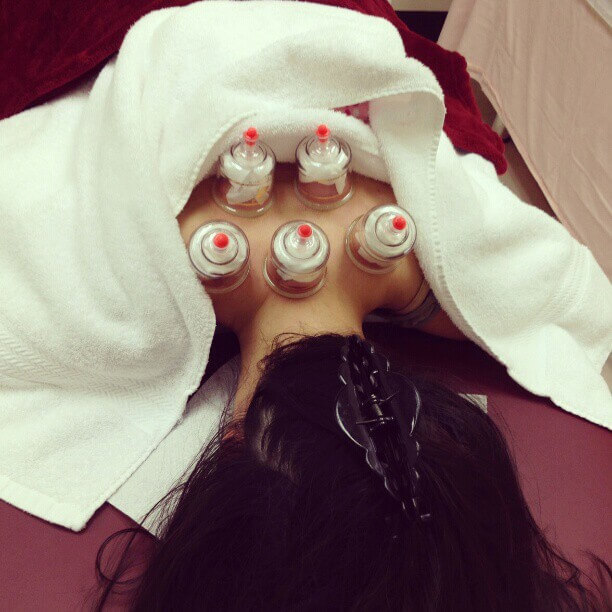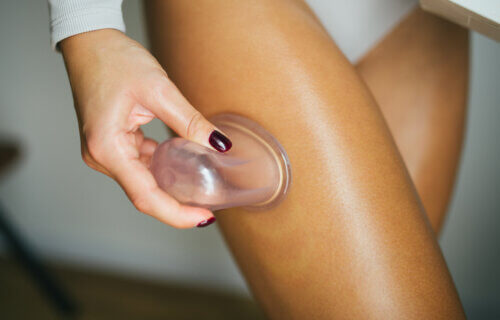ANKARA, Turkey — Want younger-looking skin but don’t know where to start? Researchers say there’s a dynamic duo of skin treatments which starts producing results after one session. Adding cupping therapy to skin microneedling works better to create blood flow in the body than microneedling by itself, a new animal study finds. The negative pressure cupping therapy causes in the skin could enhance microneedling and its ability to create supple and healthier-looking skin, according to the team’s results.
Microneedling is a nonsurgical technique intended to create new and fresh skin. It is also used to heal and get rid of old scars. The needles create tiny channels in the skin to promote collagen production and other healing factors. Cupping therapy is a centuries-old alternative medicine technique which increases blood circulation in the skin by putting suction cups on the skin. The effects are thought to be similar to negative pressure wound therapy, an approach often used in plastic surgery.
“Cupping therapy can be added to microneedling therapy and used to increase certain desired effects on skin,” comments lead author Burak Pasinlioğlu, MD, a researcher at the Kecioren Research and Training Hospital in Turkey, in a media release. “This combination might provide an easy and effective method to improve skin quality in plastic surgery practice.”

The study involved a single session of microneedling on the skin of anesthetized rats. One group of animals received microneedling while another received microneedling and a short cupping therapy session afterwards. Another group of animals went through three sessions of treatment with microneedling by itself or with cupping therapy.
The goal of the study was to have both approaches trigger inflammation and blood supply. Rats were left to heal from the treatment sessions for a month and were then studied for any cellular-level skin changes.
Both methods showed improvements in skin thickness, but the effect was larger in those who also underwent cupping therapy. The outer layer of the skin grew 24 micrometers thicker with one session of microneedling and up to 42 micrometers when the treatment included cupping. There was no change in skin thickness with additional sessions.
Microneedling also showed increases in the ratio between type 1 to type 3 collagen in the skin. The rise in type 1 collagen is associated with younger skin. Adding cupping therapy to microneedling did not affect the rate at which type 1 and type 3 collagen is made.
According to the authors, the findings suggest there may be some benefit in combining microneedling sessions with cupping therapy for facial rejuvenation procedures.
“The added benefit of negative pressure with microneedling may prove to be an easy and practical method with synergistic effects,” study authors conclude in a media release.
The study is published in Plastic and Reconstructive Surgery Global Open.
You might also be interested in:
- Is he really 89? TikTok star credits these 3 things for looking decades younger
- Uncomfortable in your own skin? Average person feels insecure 5 times every day
- Artificial intelligence can tell how many years younger someone looks after a facelift

